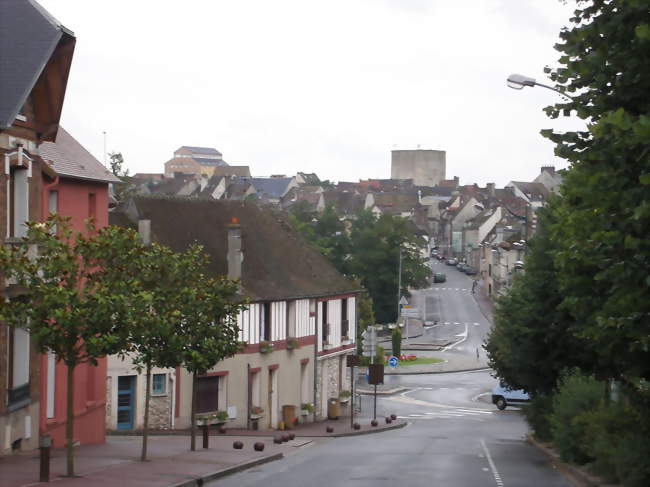


Storey's Illustrated Guide to Poultry Breeds. British poultry standards: complete specifications and judging points of all standardized breeds and varieties of poultry as compiled by the specialist breed clubs and recognised by the Poultry Club of Great Britain. A Practical Guide to the Breeding, Feeding, Rearing and General Management of the Houdan Fowl. Paris: Librairie agricole de la maison rustique. Le poulailler: monographie des poules indigènes et exotiques, aménagements, croisements élève, hygiène, maladies, etc.

Races de poules et de coqs de France (in French). ^ a b c d e f Jean-Claude Periquet (2015).Entente Européenne d’Aviculture et de Cuniculture. ^ a b Liste des races et variétés homologuée dans les pays EE ().^ a b APA Recognized Breeds and Varieties: As of January 1, 2012.Hens may give some 140–160 eggs per year they are white, and not large. In the twenty-first century it is an endangered breed, and is reared primarily for showing. The Houdan was formerly a dual-purpose fowl, kept for both eggs and meat: for part of the nineteenth century it was one of the principal meat breeds of France. : 131 A bantam Houdan was created in Britain shortly after the end of the Second World War, and developed further in Germany and in France. : 4Īlthough it is classified by the Poultry Club of Great Britain as heavy, the Houdan is a light breed: : 42 cocks weigh 2.5–3 kg and hens 2–2.5 kg. : 2 Other colours were known in the past, including blue mottled and red. The white variety was developed in the United States. : 131 In the Poultry Standard for Europe of the Entente Européenne d'Aviculture et de Cuniculture the black mottled, cuckoo, pearl-grey and white are recognised a black variety is listed but unrecognised. Three other colour varieties are recognised in France: black, pearl-grey, and white. In the past there was a lighter variation of the mottled pattern in the 1800s, it may have been more similar to the splashy mixture of white and black which today is called exchequer. The most common colour variety, and the only one recognised in the United Kingdom, is mottled (or caillouté, "pebbled" in France), a pattern of black with white spotting. : 155 The comb is leaf- or butterfly-shaped in European and Australian standards : 155 in the United States it is v-shaped.

The earlobes and wattles are small, and may be mostly or completely hidden by the feathering. The Houdan is crested, muffed and bearded, has an unusual leaf-shaped comb, and has five toes on each foot rather than the usual four. It was first imported into England in 1850, : 121 and to North America in 1865, where it appeared in the first edition of the American Standard of Perfection in 1874. : 128 The Houdan combines a number of distinctive features, which in the nineteenth century gave rise to speculation about the breeds that might have contributed to its development : 11 the Crèvecœur, Dorking and Polish have been mentioned as possible "ancestors". It was described in detail by Charles Jacque in 18. The Houdan is a traditional French breed its origins are unknown. It belongs to the crested chicken group, is muffed and bearded, has an unusual leaf-shaped comb, and has five toes on each foot rather than the usual four. It is named for its area of origin, the commune of Houdan, in the département of Yvelines to the west of Paris. The Houdan or Poule de Houdan is an old French breed of domestic chicken. Detail of the head of a cock, showing the characteristic butterfly comb


 0 kommentar(er)
0 kommentar(er)
